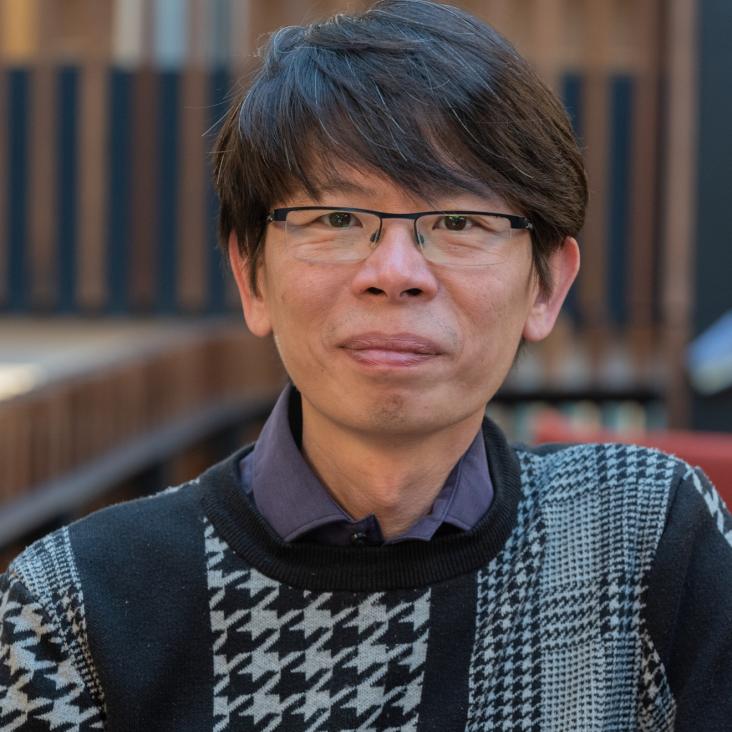Digitalized Mirror Array and Its Application in Large Telescope: Principle and Case Studies
Measurement of electron-phonon interaction time of niobium using heating effect in SIS tunnel junction
Abstract:
The heating of SIS tunnel junctions by local oscillator (LO) power and bias voltage is well known and has been reported previously. In this paper, we present a novel method for recovering the heating parameters from the experimental pumped I-V curves of an SIS device at 700 GHz, together with the coupled LO power and the embedding impedance. Since this is obtained without assuming a particular power law between LO power and junction temperature, we will be able to find τeph, the electron-phonon interaction time of the superconducting material at various bath temperatures. We would deduce a power law that describes the dependence of the heat flow equation on temperature.
Unilateral finline transition at THz frequencies
Abstract:
We present a new type of waveguide to microstrip transition designs for a 700 GHz SIS mixer. The transition comprised a unilateral finline taper and the RF power from the finline slot is coupled through coplanar waveguide to microstrip using two radial stubs. This transition is significantly easier to design and fabricate than the conventional antipodal finline taper since the fins do not overlap at any stage. A key feature of this design is that it can be deposited on Silicon-on-Insulator resulting in a finline mixer chip on approximately 15 µm silicon substrate. This allows the mixer chip to be held in the E-plane of the waveguide without a supporting groove in the waveguide wall, avoiding the excitation of higher order modes. The chip is simply supported by gold leads deposited on the substrate. It should be emphasized that the employment of such substrate will also decrease the loss and allow finline mixers design to be extended to the THz region.


